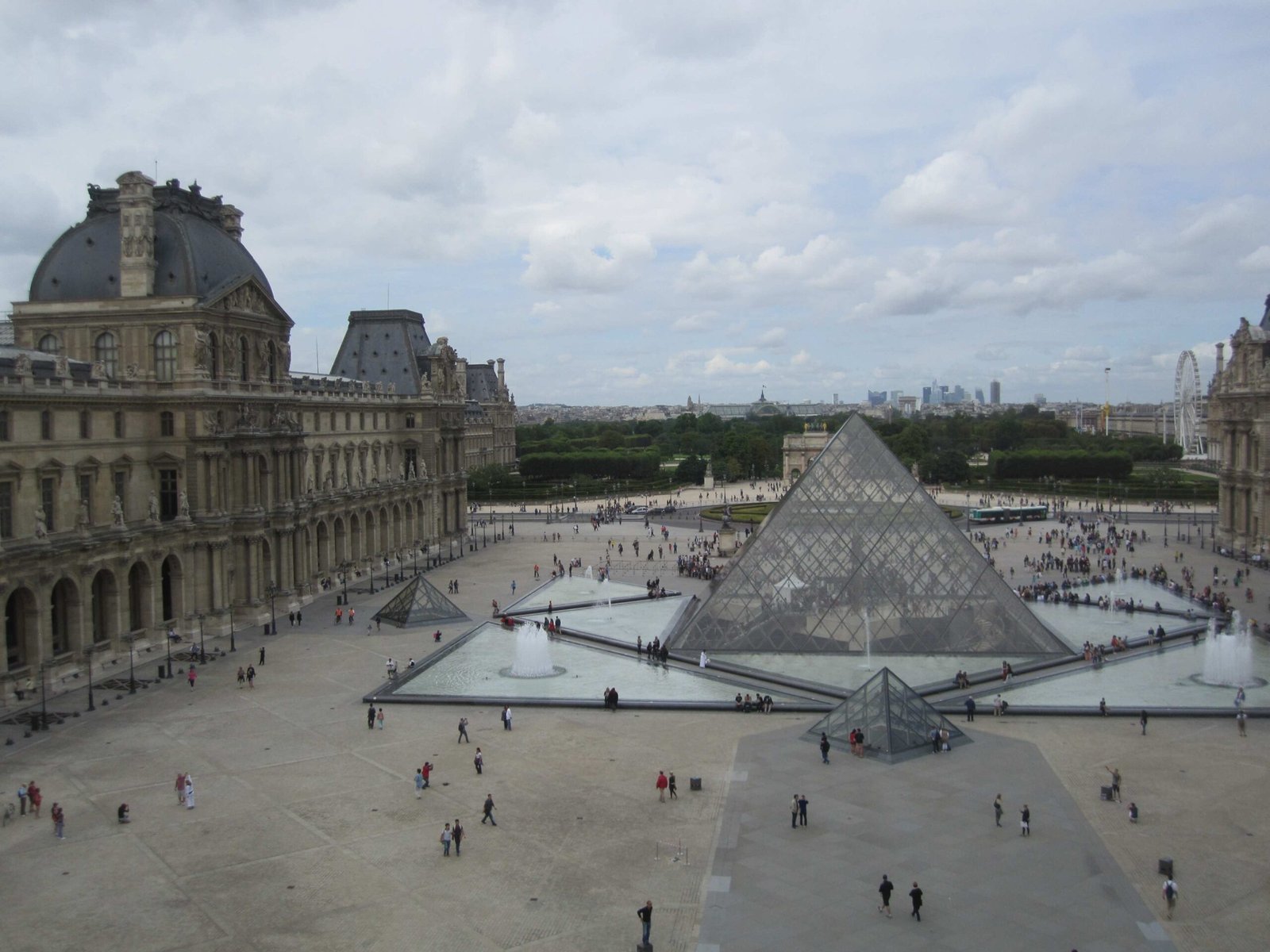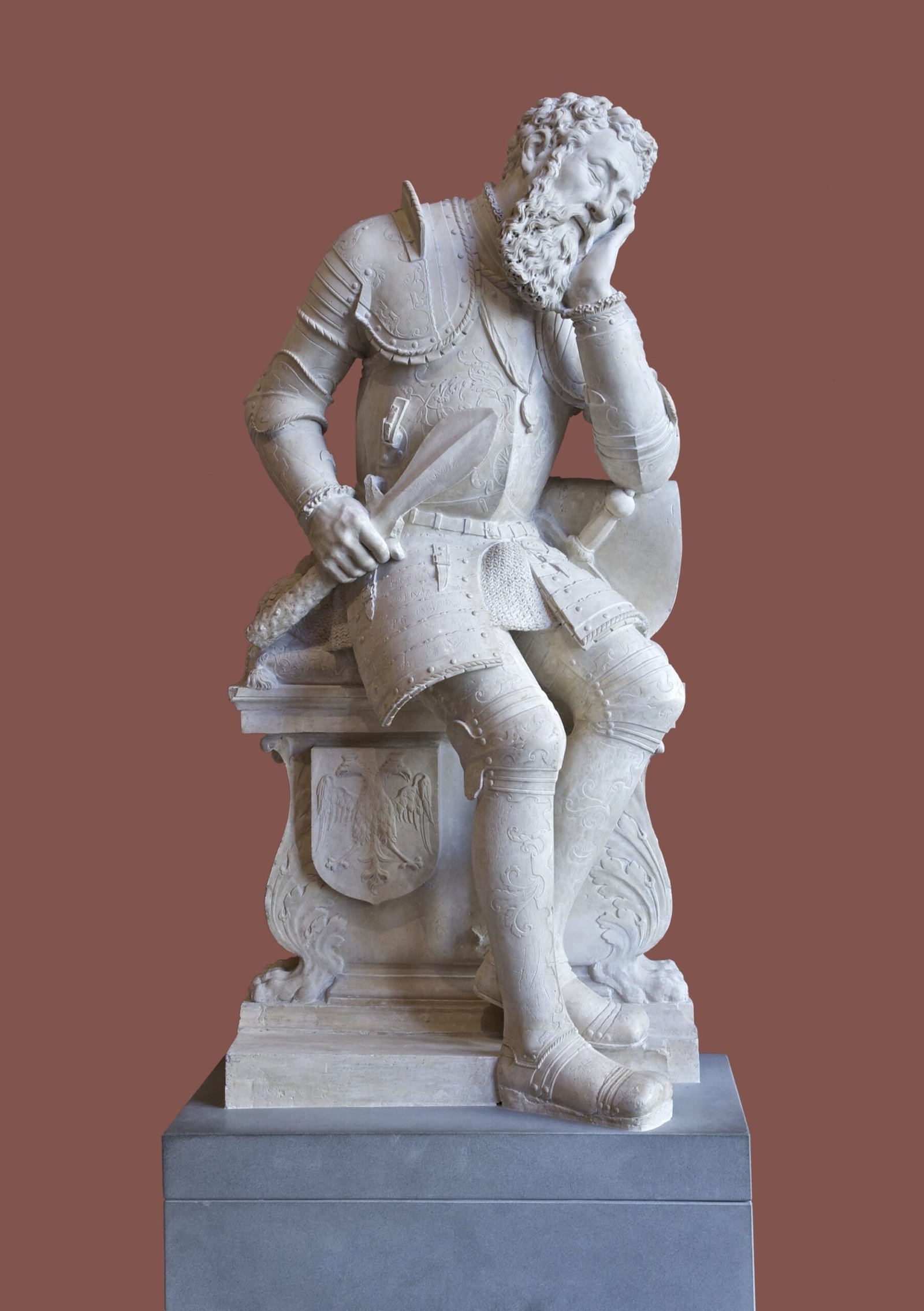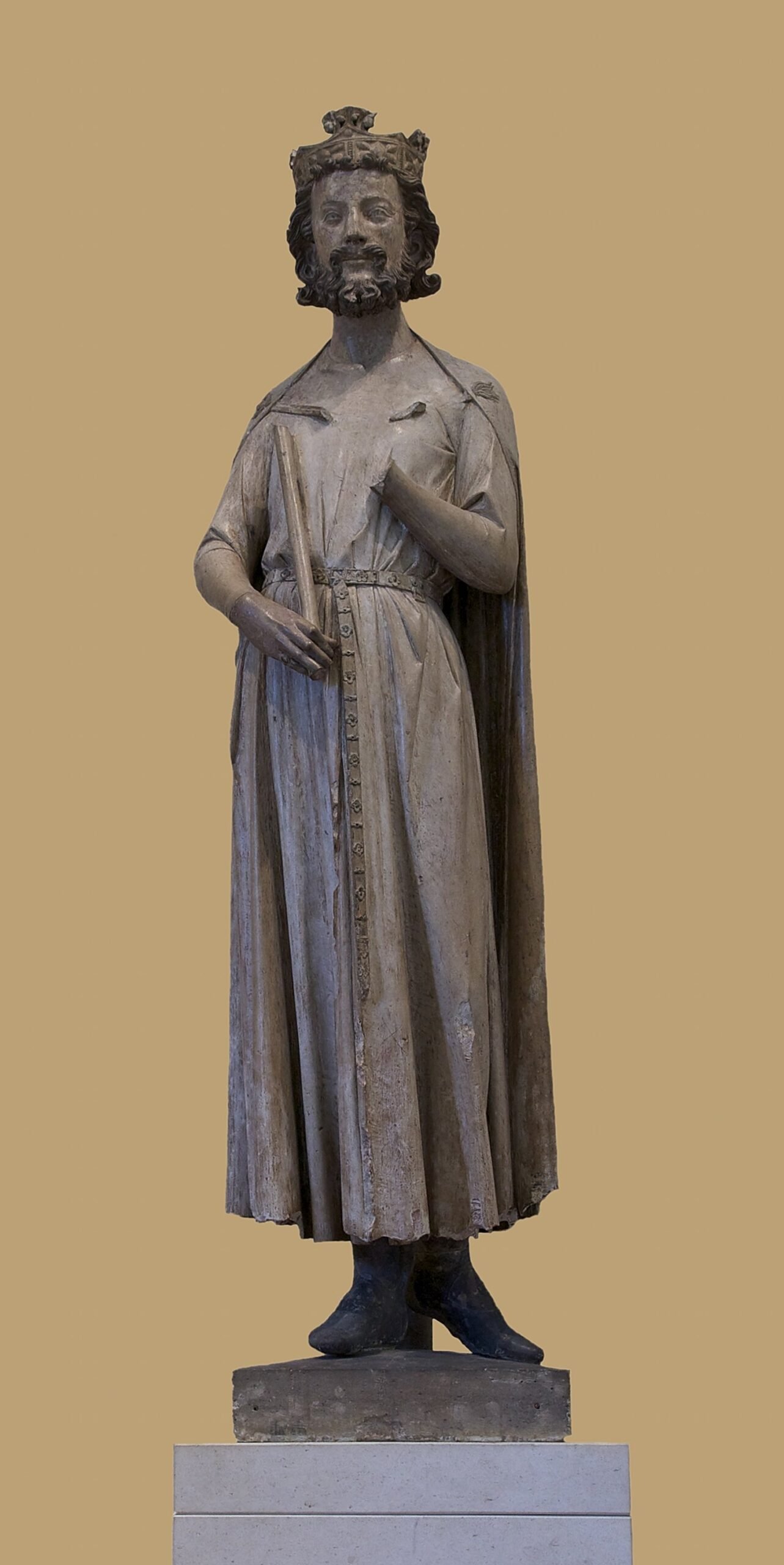The Rosetta Stone, a crucial artifact in deciphering ancient Egyptian hieroglyphs, is often mistakenly associated with the Louvre Museum in Paris. However, this iconic piece of history is actually housed in the British Museum in London. Despite this common misconception, the Louvre Museum boasts an impressive collection of Egyptian artifacts, making it a significant destination for those interested in ancient Egyptian history and culture.
Where is the Rosetta Stone Actually Located?

Contrary to popular belief, the Rosetta Stone is not part of the Louvre Museum’s collection. It has been a prized possession of the British Museum since 1802. The stone was discovered by French soldiers during Napoleon’s campaign in Egypt in 1799 but was subsequently acquired by the British following the defeat of the French forces in Egypt.
Key Facts about the Rosetta Stone:
- Discovery Date: July 15, 1799
- Location: Found near the town of Rashid (Rosetta) in the Nile Delta
- Current Home: British Museum, London
- Dimensions: 1,123 mm (3 ft 8 in) high, 757 mm (2 ft 5.8 in) wide, 284 mm (11 in) thick
- Weight: Approximately 760 kg (1,680 lb)
What Egyptian Artifacts Can Be Found at the Louvre Museum?

While the Rosetta Stone is not at the Louvre, the museum houses an extensive collection of Egyptian antiquities. The Department of Egyptian Antiquities at the Louvre is one of the world’s largest and most comprehensive collections of ancient Egyptian art.
Notable Egyptian Artifacts at the Louvre:
- The Seated Scribe (dating from the Old Kingdom, c. 2620-2350 BC)
- The Great Sphinx of Tanis (from the Old Kingdom, c. 2600 BC)
- Akhenaten and Nefertiti statue (from the New Kingdom, c. 1345 BC)
- Sarcophagus of Ramesses III (from the New Kingdom, c. 1170 BC)
- Various papyri, including the Book of the Dead
How Does the Louvre’s Egyptian Collection Compare to the British Museum’s?
Both museums house significant Egyptian collections, but they differ in focus and specific artifacts:
| Aspect | Louvre Museum | British Museum |
|---|---|---|
| Collection Size | Over 50,000 pieces | Over 100,000 pieces |
| Iconic Piece | Seated Scribe | Rosetta Stone |
| Time Span | Predynastic to Coptic periods | Predynastic to Roman periods |
| Unique Feature | Architectural elements from temples | Extensive mummy collection |
What is the Historical Significance of the Rosetta Stone?
The Rosetta Stone’s importance lies in its role in deciphering Egyptian hieroglyphs. It contains the same text in three scripts:
- Ancient Egyptian hieroglyphs
- Demotic script
- Ancient Greek
This trilingual inscription allowed scholars, particularly Jean-François Champollion, to decipher hieroglyphs in the 1820s, unlocking the secrets of ancient Egyptian writing.
How Can Visitors Experience Egyptian Artifacts at the Louvre?
Despite not having the Rosetta Stone, the Louvre offers a rich Egyptian experience:
- Guided Tours: Expert-led tours focusing on Egyptian antiquities
- Audio Guides: Available in multiple languages
- Interactive Displays: Touchscreens and 3D models for enhanced learning
- Thematic Exhibitions: Rotating special exhibitions on Egyptian themes
- Educational Programs: Workshops and lectures for adults and children
What are Some Lesser-Known Egyptian Treasures at the Louvre?
While famous pieces like the Seated Scribe attract attention, the Louvre houses many lesser-known but equally fascinating Egyptian artifacts:
- Fayum Mummy Portraits: Realistic portraits attached to mummies from the Roman period
- Coptic Textiles: Intricate fabrics from Egypt’s Christian period
- Amarna Period Art: Unique artifacts from Akhenaten’s reign
- Ancient Egyptian Jewelry: Exquisite pieces showcasing craftsmanship
- Astronomical Ceiling from the Temple of Dendera: A replica of the famous zodiac ceiling
How Has the Absence of the Rosetta Stone Affected the Louvre’s Egyptian Collection?
While the absence of the Rosetta Stone might seem like a loss, it has allowed the Louvre to focus on other aspects of Egyptian culture:
- Diverse Time Periods: The collection spans from predynastic to Coptic times
- Artistic Focus: Emphasis on sculptural masterpieces and paintings
- Daily Life Artifacts: Objects illustrating everyday life in ancient Egypt
- Architectural Elements: Significant portions of temples and tombs
- Religious Objects: Extensive collection of funerary and ritual items
By not having the Rosetta Stone, the Louvre has developed a unique identity for its Egyptian collection, differentiating it from other major museums and offering visitors a comprehensive view of ancient Egyptian civilization beyond the famous stone.
What Future Plans Does the Louvre Have for Its Egyptian Collection?
The Louvre continues to enhance its Egyptian collection through:
- New Acquisitions: Ongoing efforts to acquire significant pieces
- Conservation Projects: State-of-the-art preservation techniques
- Digital Initiatives: Virtual tours and online databases
- Collaborative Research: Partnerships with Egyptian institutions
- Innovative Display Methods: Plans for more interactive and immersive exhibits
While the Rosetta Stone remains at the British Museum, the Louvre’s Egyptian collection continues to evolve, offering visitors a rich and diverse experience of ancient Egyptian culture and history.
References:
1. Louvre Museum Official Website
2. British Museum – The Rosetta Stone
3. Wikipedia – Department of Egyptian Antiquities of the Louvre

